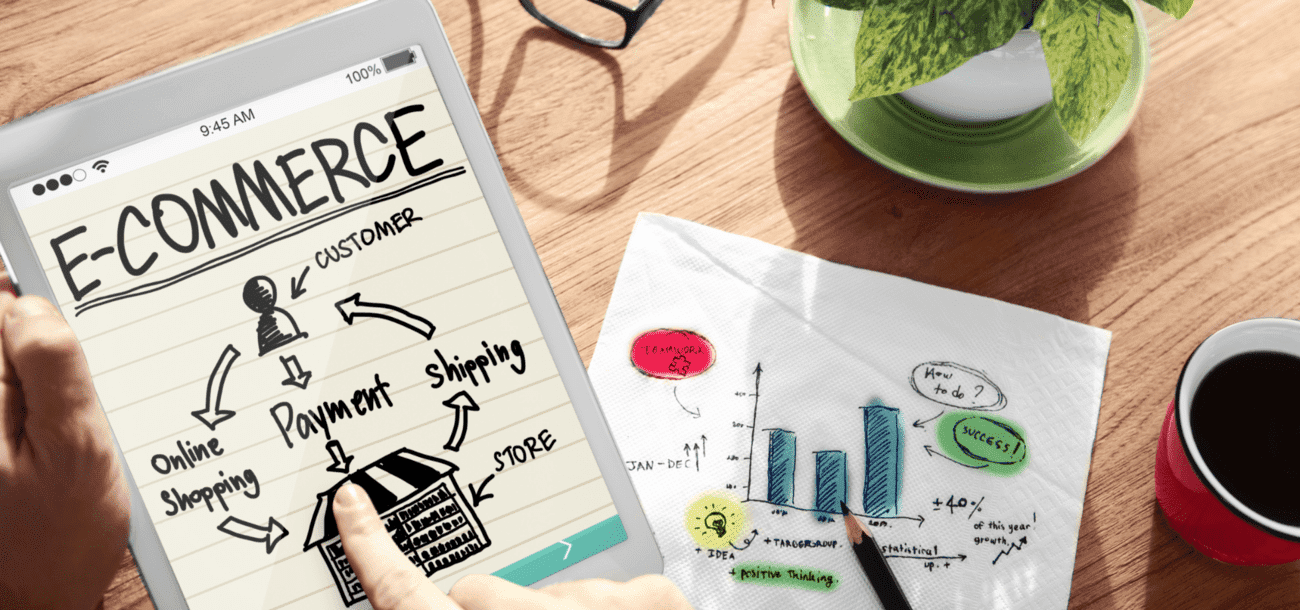Summary
• Whether or not your main channel of sales is Ecommerce, Ecommerce pricing data and analysis are crucial for a retail business to stay current and profitable.
• Competitor monitoring gives you powerful competitive insights and inspiration to stay ahead.
• Tracking, collecting, cleaning, and sorting pricing data manually for analysis was time-consuming, one-dimensional, and not always accurate.
• Ecommerce pricing data includes the competitor’s product prices and the various aspects that affect them.
• Proper analysis of pricing data means to look beyond the prices and leveraging historical data.
|
Consumers are technologically savvy and research just about anything they want to buy online before making a purchase decision. While only 20% of all retail sales occur online, over 60% of all retail shopping begins online. If you look at the things customers research while shopping, the price of the product is at the top of the list. However, this does not mean that the customers are buying from the store offering the lowest price. They also consider product availability, reviews, shipping, and promotions. This is why pricing data and its analysis has become more than just knowing your competitor’s product price and whether or not your main channel of sales is Ecommerce. Pricing data and analysis is crucial if you want your retail business to stay current and profitable.
How was pricing data traditionally collected and analysed?
Before computers and excel sheets, collecting pricing data involved manually walking into stores and checking prices or forming associations where business owners set the minimum or maximum selling price to ensure fair trade. Either way, there was no surefire way of ensuring accuracy or enforcing fair trade which left both the customers and the business owners at a disadvantage.
The advent of technology did not make much difference initially. Data still had to be collected, cleaned and sorted manually for analysis. This was both time-consuming and not always accurate. The data collected were also quite one-dimensional and never really gave the business owners the complete picture of the competitive landscape.
Furthermore, decision-making involved a lot of assumptions and guesswork and even when the business found their strategic sweet spot, forecasting market changes was challenging and therefore response to it rather slow.
What is Ecommerce pricing data?
The retail industry was already one of the most competitive and while the advent of Ecommerce did not slow traditional retail shopping, it did make the retail landscape more competitive, aggressive, and fluctuating. To keep up with the rapidly changing market trends and more rapidly evolving customer expectations, businesses had to rethink the way they looked at price intelligence and pricing strategy.
Ecommerce pricing data now includes not only the competitor’s product prices but also the various aspects that affect it. This includes price history, promotion and promotion history, stock status, ratings and reviews, price index, etc.
How has technology changed the way pricing data is collected and analysed?
The evolution of what pricing data stood for only made it more challenging to monitor, collect, clean, sort, and analyse the large amounts of data required to make intelligent pricing decisions.
To tackle this challenge retailers had very little choice but to leverage technology and so came into the picture competitor price monitoring and intelligence software that leverages the power of artificial intelligence to bring you cleaned and sorted data quickly and accurately so you can append your resources doing what only you can do best: Pricing data analysis.
How to effectively analyse Ecommerce pricing data?
Now that you have all the data you need, how can you make the best use of all the data you have invested in acquiring?
Look beyond your competitors’ prices: There’s more to price optimisation than just matching or skimming your prices based on your competitors.
For instance, if your brand is selling a beard trimmer for £70 and your competitor is selling a similar product for £50, you would probably look to reduce the price of your product to make your customer choose your product over your competitors. But what if the competitor’s trimmer had terrible reviews or faulty shipping or worse, no stock?
All you have to do is offer an attractive promotion to reel your competitor’s dissatisfied customers into your business or offer your existing customers a good referral deal to make them feel valued and capitalise on them to attract more customers.
The options are endless when your data is multidimensional and you take into account all of them while making pricing and promotion decisions.
Leverage historical data to forecast the future: While current data can help you stay ahead of your competitors now, leveraging historical data be it price, promotion, or stock status can help you forecast both your customer and competitor behaviour to better prepare you for the future and avoid any surprises.
For example, say the past couple of years your competitor has been launching holiday editions of their products or special holiday promotions, you can also do something similar to engage your customers or better, offer something exclusive and special only for your existing customers to make them feel valued and not lose them to the competition but at the same time create a sense of exclusivity and excitement around your product.
Another way to leverage historical data is to observe how your competitors stock their products and optimise your inventory to make sure you are better stocked when your competitor runs out. This way, you can also forecast and plan promotions to capitalise on the demand during that period.
Use pricing data to do more than price optimisation: The best part of data, especially large amounts of data, is the different ways you can segment, analyse, and interpret them based on your goals.
You can use pricing data and trends in relation to sales to gauge the effectiveness of your sales and marketing strategy. The historical promotion data can help your marketing team plan their strategies to effectively beat your competition. Price index data will let you see which of your competitors are offering similar products for prices that are significantly lower or higher than you. The former could mean they are getting a better deal from their supplier or have cracked something in their cost that you have missed.
Data such as customer reviews can help you discover the experience your competitors are providing to gain inspiration and give your own customers a better experience or find out where their customers are dissatisfied and find a way to capitalise on it. For example, if your competitors’ reviews are filled with defects while shipping or shipping delays, then that’s something you can perfect and boast about to acquire their customers.
With AI-powered price intelligence software like Pricechecker that fetches you not just data regarding competitor prices but also promotions, stock status, and reviews along with historical data for all these aspects that affect your pricing strategy, your opportunities to analyse and take data-driven decisions are endless.
If you haven’t deployed price intelligence software for your business yet, talk to us and we will set you up with a free demo account so you can see for yourself the magic of pricing data for your business!





